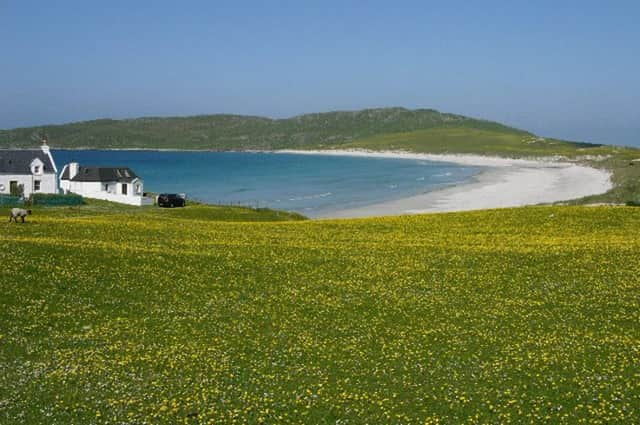Stone Age Scotswoman ‘earliest sufferer of rickets’


Experts had always believed the bones, which were dug up on the island of Tiree in 1912, dated from the same period as a nearby Iron Age settlement.
But new analysis has revealed the woman belonged to a much earlier time. Radiocarbon tests show she lived between 3,340 and 3,090 BC – in the Stone Age.
Advertisement
Hide AdThe woman, who is thought to have been 25 to 30 years old when she died, was short even by Neolithic standards at only around 4ft 9in. But detailed examinations also revealed several deformities caused by rickets, particularly in the breastbone, ribs and limbs. These would have left her pigeon-chested with misshapen arms and legs.
The findings were uncovered by archaeologists at the universities of Durham and Bradford.
Professor Ian Armit, of the University of Bradford, said: “The earliest case of rickets in Britain until now dated from the Roman period, but this discovery takes it back more than 3,000 years.
“There have been a few possible cases in other parts of the world that are around the same time, but none as clear cut as this.
“While we can’t say for certain that this is the earliest case in the world, it is definitely very unusual.”
The scientists were surprised to discover evidence of rickets, which is caused by deficiency of vitamin D and often linked to a lack of sunlight.
Advertisement
Hide AdThe disease was rife in the urban slums of Victorian Britain, but is not usually associated with the sort of outdoor lifestyle that would have been the norm in primitive Scotland.
It is perhaps even more unexpected in a woman from Tiree, dubbed “sunshine island” due to basking in some of the highest levels of sunlight in the UK.
Advertisement
Hide Ad“Vitamin D deficiency should not be a problem for anyone exposed to a rural, outdoor lifestyle, so there must have been particular circumstances that restricted this woman’s access to sunlight as a child,” said Prof Armit.
“It is most likely she either wore a costume that covered her body or constantly remained indoors, but whether this was because she held a religious role, suffered from illness or was a domestic slave, we will probably never know.”
The scientists say the fact that the burial was in a basic grave rather than a chambered tomb also raises questions over how the disfigured woman may have been treated by her community.
The skeleton was discovered along with at least three other sets of human remains during an amateur excavation on the island more than a century ago.
It was the only one to be removed from Tiree and is now part of the Hunterian collection at the University of Glasgow.
Tiree, in Argyll and Bute, is the most westerly of the Inner Hebrides. Its steady wind, high levels of sunshine, stunning sandy beaches and lack of midges has made it a mecca for windsurfers.